Is there really a way to determine whether or not a product will work well for your skin before you actually buy it?
Yes, and it’s pretty simple. It all comes down to not only reading the skincare label of the product you’re considering, but fully understanding what everything means. If you’re new to skincare, those labels can seem baffling at first, so read on as Lionesse explains everything you need to know.
Ingredients are Listed in Order of Concentration
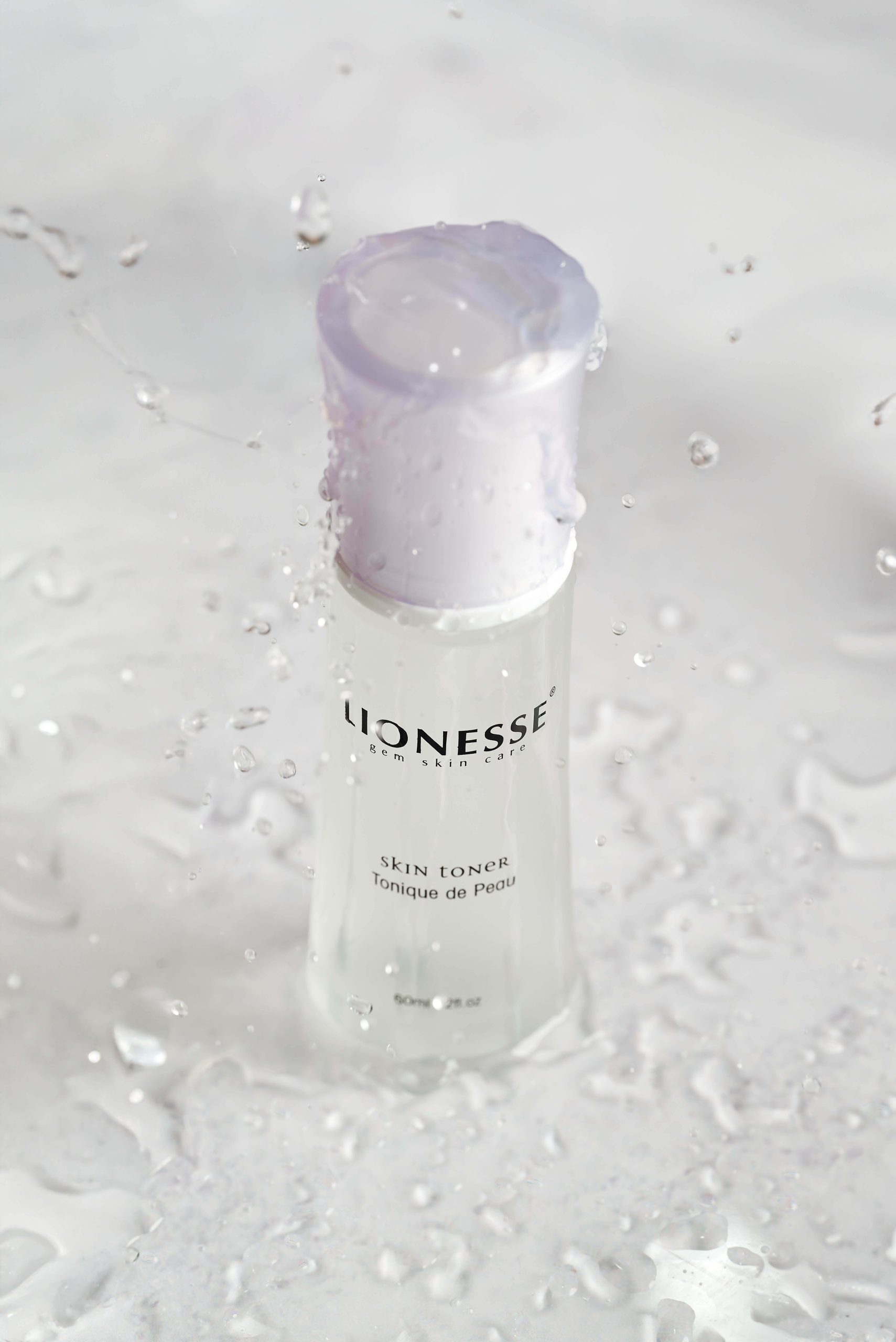
There are a few different elements to a skincare label, but the first thing to focus on is the ingredient list. Skincare brands need to follow a specific system, known as INCI (the International Nomenclature of Cosmetic Ingredients), when listing their ingredients on a skincare label. The system dictates that ingredients are listed in order of concentration, which can tell you a lot about how a product is going to work.
Essentially, the bulk of a product can be found in the first 5-10 ingredients. This is where your eyes should first be drawn to, and where you would want to see some of the key ingredients your skin needs (more on this later). The Lionesse White Pearl Skin Toner is a good example. It promises to soothe and calm the complexion, and the first few ingredients on its ingredient list back this claim up. Aqua is the first ingredient, which is the case for most skincare products. It’s followed by aloe vera leaf juice, cucumber fruit extract, chamomile extract, and witch hazel extract. These ingredients are all excellent to use on the skin post-cleanse.
At the same time, some ingredients are only beneficial when used in small amounts. Essential oils, like the orange peel oil in the Lionesse White Pearl Vitamin C Serum, can irritate the skin when used in high concentrations. Therefore, you would expect to see them near the end of an ingredient list.
Don’t Be Afraid of Standardized Names
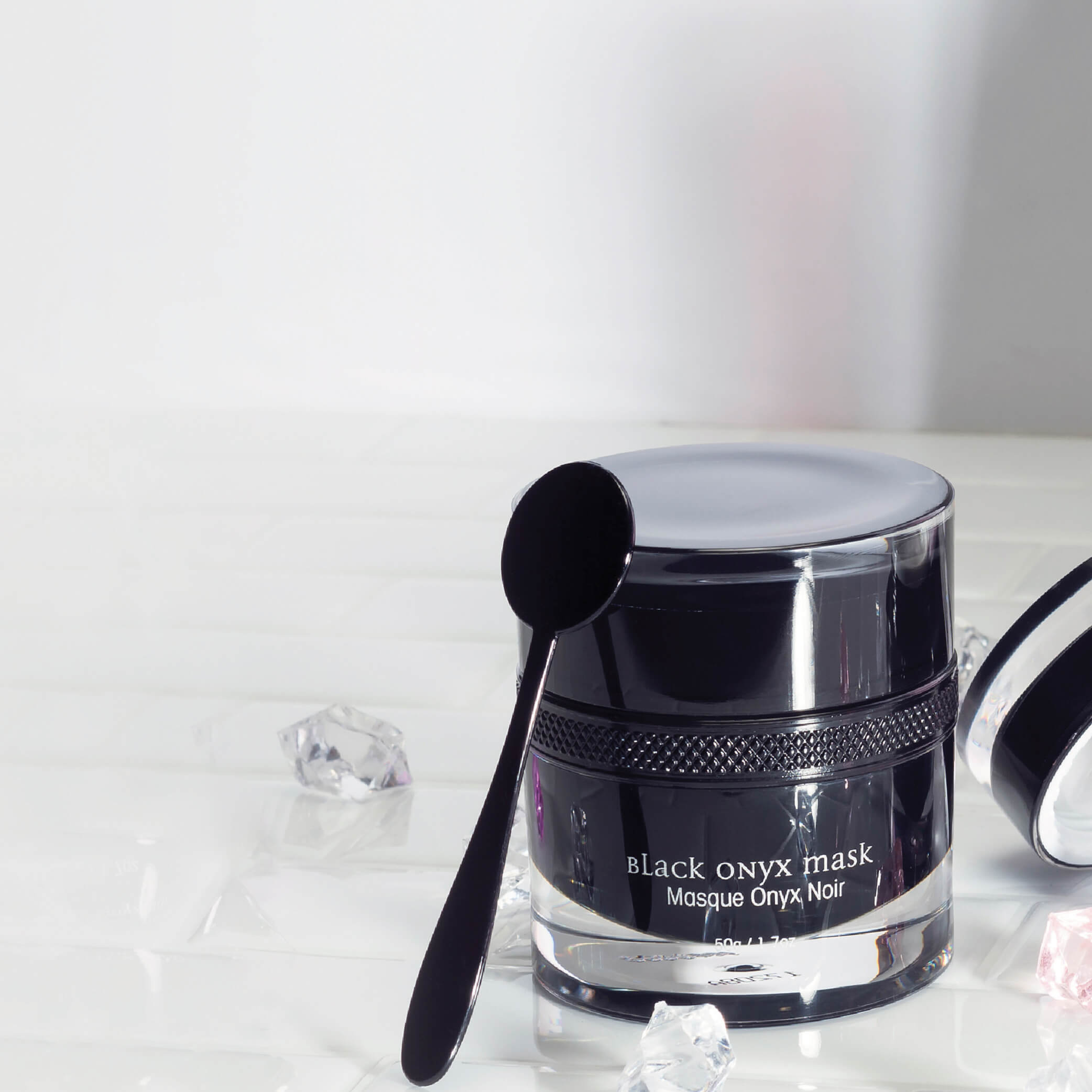
Sometimes, skincare ingredient lists can seem as though they’re written in a whole different language. You can read through name after name after name…and none will sound familiar.
There’s a reason for this. Again, it all comes down to the INCI system. It dictates that skincare brands must list their ingredients using standardized names. While this might seem to make life more confusing, it’s actually much safer for you. It keeps ingredient names consistent across the board, providing full transparency.
In some cases, it also tells you even more about the product you’re perusing. Let’s use the Lionesse Black Onyx Mask as an example. After water, kaolin, as opposed to just clay, is the next ingredient. With kaolin being one of the gentlest clays used in skincare, this indicates that the mask isn’t likely to dry out the skin.
This mask also contains several vitamins. However, rather than just listing them as vitamins A, C, and E, their standardized names are used. This tells you exactly which derivative of the vitamin can be found in that product. In this case, retinyl palmitate is a gentle and non-irritating form of vitamin A. Meanwhile, ascorbic acid is the purest form of vitamin C. Make the most of this information, especially when it comes to the next tip that we’re about to share…
Know Which Ingredients Your Skin Needs
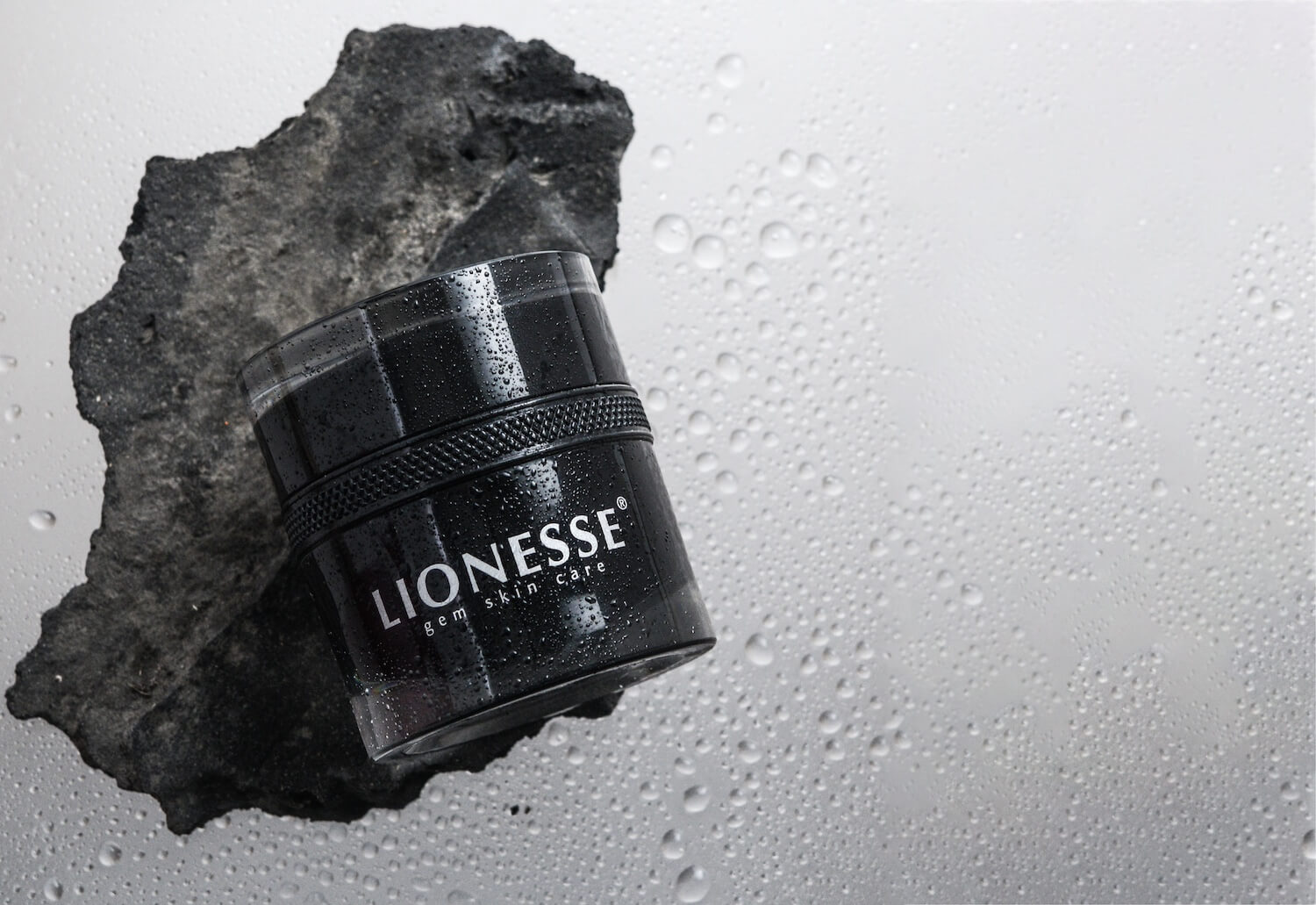
Of course, there’s no point being drawn in by a potent-sounding product packed with stimulating vitamins if what your skin needs is help with replenishment and repair. This is why it’s so important to be aware of which ingredients your skin actually needs when you’re reading a skincare label.
Those needs will vary depending on your skin type and a number of other factors. However, there are certain ingredients out there that are beneficial for just about everyone. Here are some of our favorites:
- Hyaluronic acid – this popular humectant is loved for how efficiently it binds moisture to the skin. This provides fast hydration, along with a plump and smooth finish. Hyaluronic acid comes in various forms, such as the sodium hyaluronate used in the Lionesse Black Onyx Cream.
- Vitamin C – skincare’s favorite antioxidant, vitamin C is a true multitasker. It evens out the look of discoloration, softens the appearance of wrinkles, gives sagging skin a tighter feel, and helps to repair the visibility of environmental damage. You’ll find it in several Lionesse skincare products, including the Amber Eye Serum.
- Peptides – peptides consist of amino acids. They’re what your skin naturally produces and uses to create new proteins. Applying them topically mimics this effect on the complexion, giving it a stronger, firmer, and more youthful look. With the Lionesse Amber Eye Cream, you could add a duo of skin-loving peptides to your routine.
- Plant extracts – if you see plant extracts on a skincare label, this is a good thing! Pretty much every single one is beneficial for the skin. However, they work in very different ways, so be aware of what the extracts you’re reading on a skincare label do.
Know Which Ingredients to Avoid
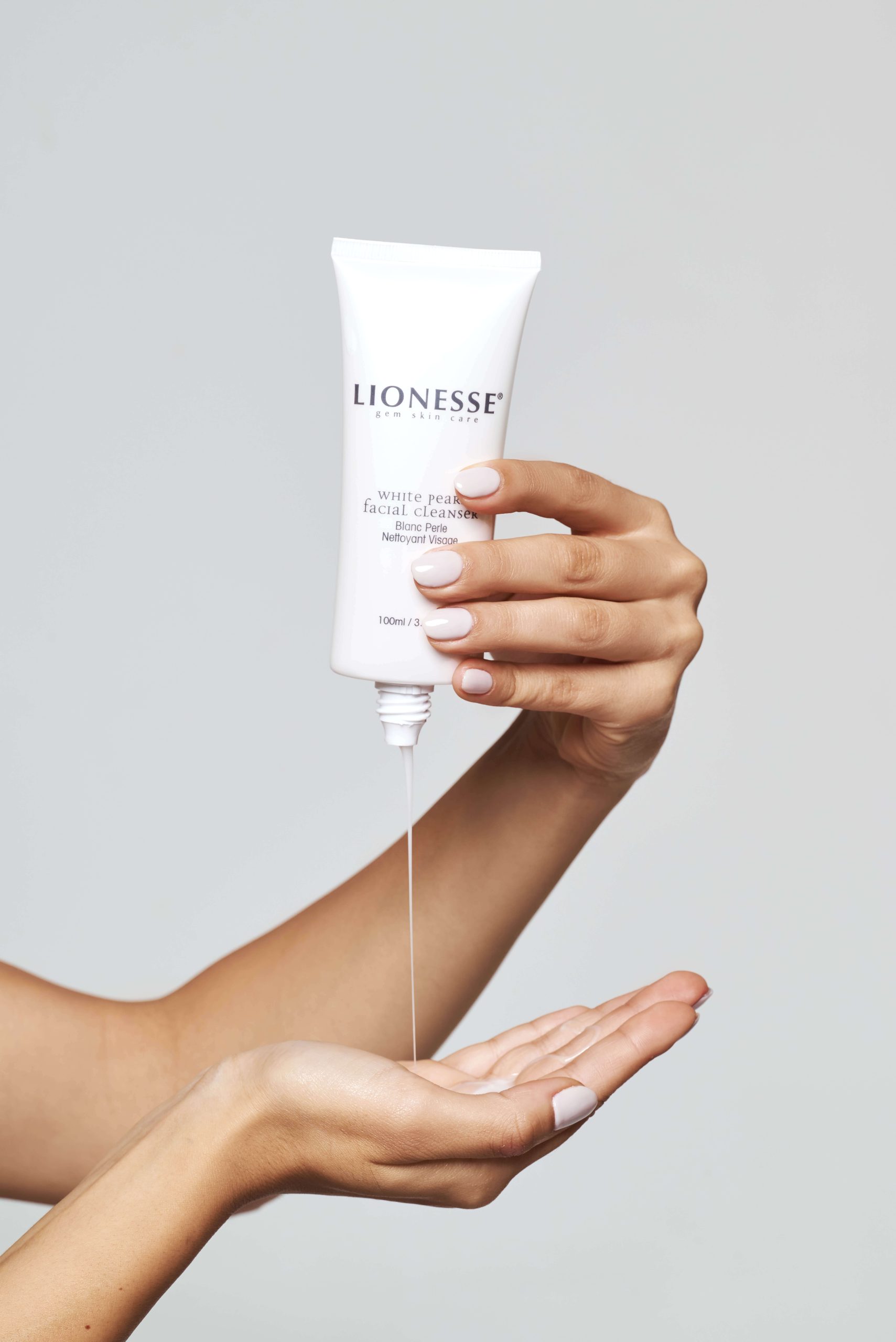
In the same way that you should have some idea as to which ingredients your skin needs, you should also be aware of which you should avoid. Yes, this, again, varies depending on so many factors, but there are certain ingredients that should be considered no-go’s at all times.
Sulfates are one ingredient group that falls under this category. They’re used as cleansing agents. Their detergent properties enable them to effectively cleanse the skin of dirt, sebum, and more. The downside? In addition to removing impurities, their harsh nature also strips away sections of the skin’s natural protective barrier. This can cause a multitude of problems. This is why sulfate-free cleansers, like the Lionesse White Pearl Facial Cleanser, should always be sought out.
Parabens are another ingredient that many choose to avoid. They’re used as preservatives. They’re effective at preventing bacteria and other impurities from contaminating skincare products. However, they’re considered controversial due to their potential estrogen-mimicking effects. There are plenty of other preservatives that don’t have such a bad rep, so always favor those.
Understanding Symbols
Just about every skincare label is peppered with different symbols. Each one tells you something about that product. Let’s take a look at some of the symbols that are most commonly found on skincare labels:
- An open jar, usually accompanied by PAO – this indicates a product’s shelf life. It tells you how long a product will be good for after it has been opened.
- An hourglass symbol, usually accompanied by BBE – this tells you a product’s expiry date, no matter when it has been opened.
- A leaping bunny – this shows that the product in question, v, hasn’t been tested on animals.
- Recycling arrows – this standard symbol tells you that the product’s packaging can be recycled.
There are other symbols that are used on skincare labels, such as those depicting a vegan product or an organic product. However, those symbols can vary depending on the certifying body. This is where things can get tricky. Some brands make up their own symbols in the hopes that they’ll be viewed as official. If you spot a symbol on a skincare label that you aren’t sure of, do a little digging to make sure that it’s genuine rather than automatically believing what it says.
Be Cautious of Claims
It’s not just the symbols that can sometimes be dubious on a skincare label. Many brands also splash various claims across their labels and packaging. Again, you’ll need to use your initiative to determine the validity of these claims.
Hypoallergenic is one claim that’s often seen on labeling. If you have sensitive skin that’s prone to allergies, seeing that a product claims to be hypoallergenic could persuade you to give that product a try. However, there’s no standardized definition for this term, meaning that anyone could use it, even if those products aren’t hypoallergenic. This once again circles back to how important it is to fully read an ingredient list. This way, you’ll be able to see for yourself whether or not a product contains any common allergens or irritants.
Another claim to be skeptical about is ‘natural’. With the general public now making a move toward natural ingredients, it’s a term that’s often used as a marketing tactic. Since it isn’t a regulated term, unscrupulous brands are able to use it on skincare labels, even if the majority of that product isn’t natural whatsoever. Reading through the ingredient list is the only way to really know exactly how natural a skincare product is. Sure, some brands use these claims truthfully, but others don’t. You don’t want to be caught out when it comes to purchasing a product that isn’t what you thought it would be. This is why extra research on your part is always a good idea.
Pay Attention to Usage Directions
Many skincare labels also come with usage directions. This is something that people often don’t read until they’ve bought the product, but it’s well worth paying some attention to this beforehand. Those usage directions can often give you some extra insight into the product, as well as the brand.
Say, for example, you’re looking for an exfoliator that can be used all over your face. After reading through the ingredient list and understanding what the symbols mean, you may think that the product is exactly what you need. However, if the usage directions state that the product shouldn’t be used on the eye area, then this puts you back at square one.
The same applies to products designed for weekly use. If you’re searching for a product to add to your daily skincare routine, the usage directions will tell you whether or not the product in question is suitable for this.
Deciphering Skincare Labels With Lionesse
Reading and understanding a skincare label can seem like a momentous task when you’re new to skincare. However, it really does get easier! The more labels you read, the faster you’ll be able to process all of that information, until it ends up becoming second nature.
Click here to browse more bestselling skincare products from Lionesse.





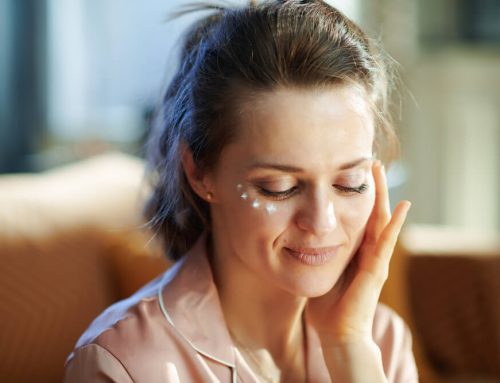
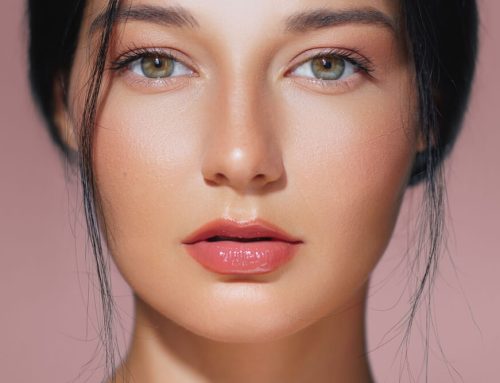

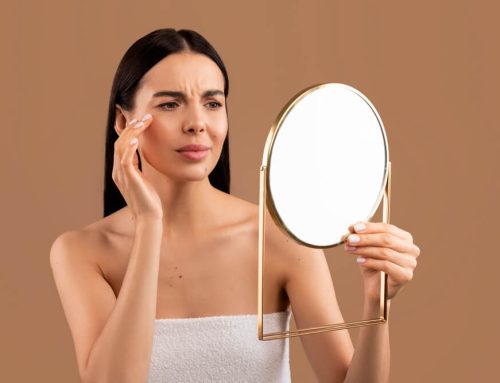
Leave A Comment